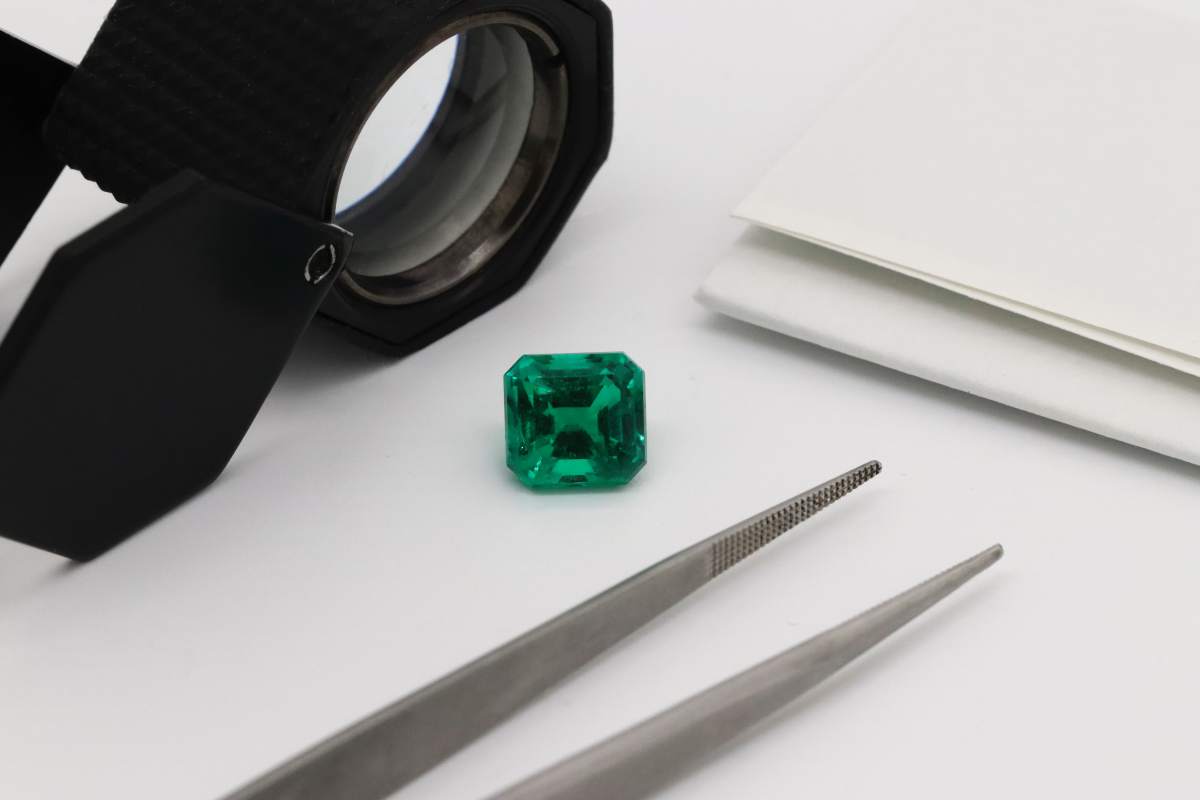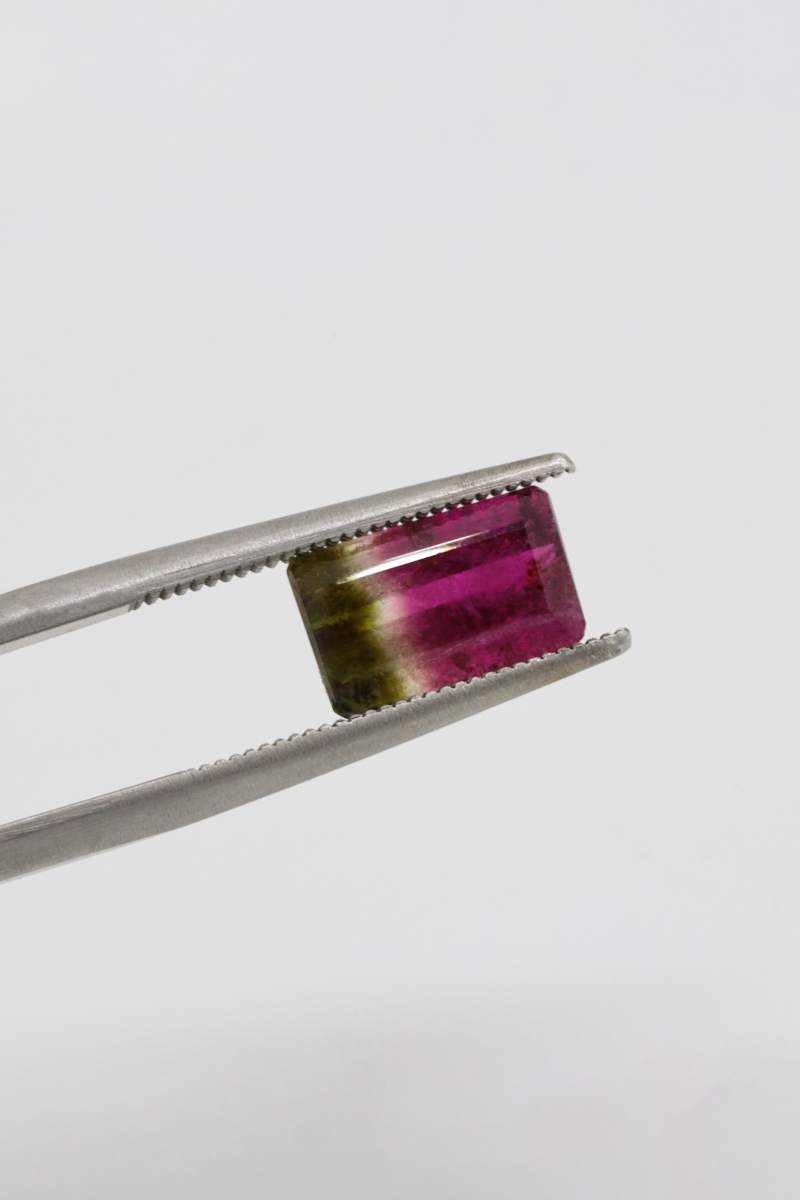Knowledge
20.09.2022 What does a gemologist do?
Gemology is the science of gemstones, therefore a gemologist is an expert in gemology. As a branch of mineralogy, gemology deals with gemstones and their composition and occurrence, as well as imitations. Gemology is a scientific discipline and clearly distinguishable from stone healing. What are the concrete tasks of a gemologist, where do gemologists work and how does one become a gemologist?

The tasks of gemologists
Gemologists determine and evaluate colored gemstones and diamonds regarding color, origin and quality and perform diamond grading. Based on information and examinations of the stone’s origin, locality and properties, they determine which stone it is. Using non-destructive methods, they also determine if the stone has undergone treatments such as heat treatments or irradiation to improve color and/or clarity. The cut of the gemstone at hand is also determined to estimate the value. An essential part of the work is also to distinguish genuine stones from imitations. Thus, gemologists’ analyses form the basis for determining the price of gemstones.
When gemologists work in laboratories, they provide internationally recognized certificates on gemstones. Other fields of activity are the gemstone trade, auction houses, or working as independent experts and appraisers for the trade, for estates, or for auctions. Additional training as a gemologist can also be worthwhile for goldsmiths and silversmiths as well as for bankers.

What are gemological examination methods?

In the examinations, authenticity, color, purity, weight and cut are determined, whereby gentle and non-destructive procedures are used. Optical examinations form an important basis, with careful microscopic examination in the first place. Other important instruments are polariscope, conoscope, spectroscope, refractometer and reflectometer. The irradiation of stones with UV light or X-rays is also used, thereby real stones can be distinguished from imitations and treatments can also be detected in some cases. For example, heat-treated sapphires show fluorescence under UV light.

How does one become a gemologist?
There are a variety of continuing education and training programs for gemologists. In Germany, for example, there are courses for gemologists in the “gemstone stronghold” of Idar-Oberstein. Also in Switzerland there are several training centers in Zurich and Basel, in Austria e.g. the WIFI Upper Austria offers a diploma course. The most internationally renowned institute for training is the Gemological Institute of America. The training content includes gemology and diamond grading, with some providers also the evaluation of pearls and corals, as well as basics in the field of gold and silver jewelry. When choosing a gemologist to grade a piece of jewelry or gemstone, in addition to education, further training, evidence of additional qualifications, and affiliation with professional organizations should be considered.



